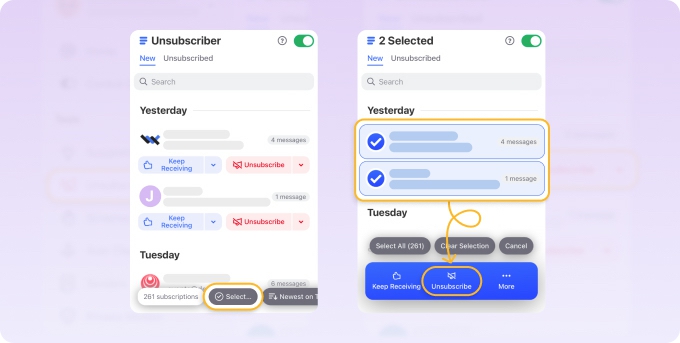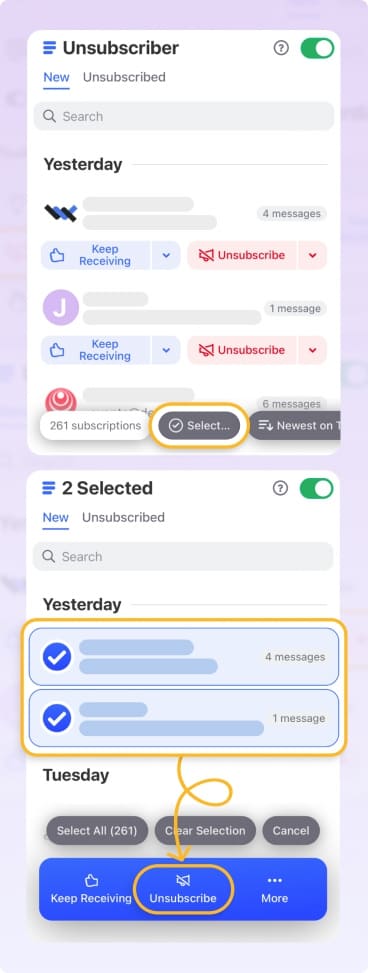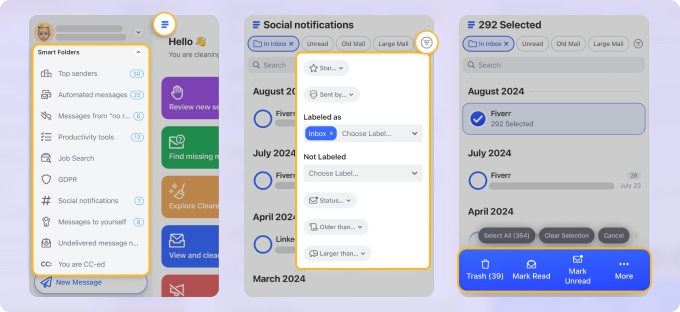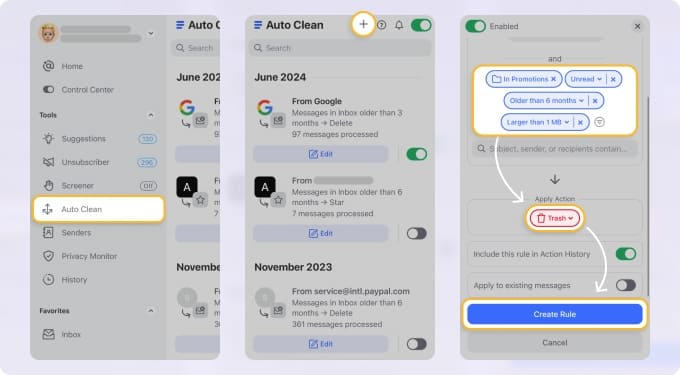Yahoo Mail SMTP Settings
POP or IMAP for receiving the email doesn't affect your SMTP server settings for outgoing mail. When you add a Yahoo account to your email client, you'll often find the SMTP settings under the Yahoo Mail settings area.
Sending a message to Yahoo Mail requires the following information to be entered into the email client:
| Option | Description |
|---|---|
| SMTP Host: | smtp.mail.yahoo.com |
| SMTP Port: | 465-SSL or 587-SSL |
| SMTP Username: | Your full email address (name@domain.com) |
| SMTP Password: | Generate App Password |
Most desktop, mobile, and online email programs and services are compatible with these email settings for Yahoo (for example, Outlook and Gmail). All your emails and Yahoo folders will display in both places when you've set up your Yahoo account in your favorite email client.
Yahoo Mail Settings For Receiving Email
POP or IMAP Yahoo email server settings are required to receive emails.
Yahoo Mail POP settings
| Option | Description |
|---|---|
| POP3 Host: | pop.mail.yahoo.com |
| POP3 Port: | 995 |
| Requires SSL: | Yes |
| POP3 Username: | Your full email address (name@domain.com) |
| POP3 Password: | Generate App Password |
Yahoo Mail IMAP Settings
| Option | Description |
|---|---|
| IMAP Host: | imap.mail.yahoo.com |
| IMAP Port: | 993 |
| Requires SSL: | Yes |
| IMAP Username: | Your full email address (name@domain.com) |
| IMAP Password: | Generate App Password |
IMAP stands for Internet Message Access Protocol, whereas POP stands for Post Office Protocol. These protocols are utilized by an incoming mail server (such as Yahoo) to send it to the receiver to accept incoming mail.
Yahoo Mail: Clean Out the Chaos with Just a Few Clicks
Yahoo Mail is loaded with features, but its built-in unsubscribe and filtering tools don’t always do the job. Clean Email’s Unsubscriber is stronger—it finds every list you’re on and lets you leave them in one click.


You can use Smart Folders to find and clean newsletters, social updates, or promotions in groups.


Yahoo accounts often pile up unread messages over years. Auto Clean helps you fix that in seconds.


For longtime Yahoo users, Clean Email brings instant order to years of inbox chaos—with no need to switch accounts or learn new systems.
How To Generate App Password
A single password is required to check in to certain older, third-party email programs that don't use the Yahoo branded sign-in page. You will need to generate and use an app password to utilize these applications. For a non-Yahoo app to access your account, you must provide a lengthy, randomly created app password. Your third-party email app will only ask for this code once you've signed in.
Here are the steps to obtain an app password:
- The first thing you need to do is log in to your Yahoo Account Security page.
- You can get your app password by clicking the Generate App icon.
- Input the name of the app on the space provided.
- Enter the Generate Password icon to continue.
- Follow the instructions prompted and click Done.
💡 Tip: You can cease POP access by removing the POP settings from the program you are using. Your Yahoo Mail account does not need to get altered in any way.
Looking for Fastmail settings or Zoho settings? Our Blog's Email Settings category contains specs for all major mail service providers.
How POP and IMAP Differ
Both POP and IMAP are email retrieval technologies that let you access emails on your device after they've gotten stored on a mail server. When using a desktop email client like Thunderbird, Outlook, Apple Mail, Spark, or a comparable one, you'll need one of these. When you utilize webmail (such as Gmail.com), you don't have to bother about these email protocols since the service takes care of everything for you.
The more established of the two, the Post Office Protocol, is POP. As a mechanism to get emails from a distant server in 1984, it was designed by the company. POP2 and POP3 were two further updates that brought some new features. Despite being abbreviated to "POP," the current version of the protocol is POP3. However, POP4 has been inactive for a long time. POP is an older protocol to copy emails from the server to the app. The actions taken in the app do not affect the email sent from the server.
Here are notable features of POP:
- Local storage of emails ensures that they are always available, even when you do not get connected to the internet.
- Sending and receiving messages necessitates an internet connection. Offline, it works perfectly.
- Because outdated communications get erased immediately from the server, it saves space.
- To provide more flexibility, you can choose to keep a copy of your email on the server.
- If desired, you can combine multiple email accounts and servers into a single inbox.
The Internet Message Access Protocol, or IMAP, was first developed in 1986. The creators intended to let users retrieve email from a distant server when it first got designed. Many interfaces don't include the number of the current version, which is IMAP4. You may access and control your email from any location using IMAP. Emails on the server are affected by what you do in the app.
Here are notable features of IMAP:
- The mail gets kept on a distant server, which means you can access it from any device that has access to the Internet.
- Server-side modifications are recorded, avoiding the creation of several inboxes, the existence of transmitted messages on only one device, and other difficulties.
- Faster overview since just the headers get downloaded until the content is explicitly requested.
- If the server gets managed correctly, the email automatically gets backed up.
- Saves space on your computer's hard drive by avoiding the need to download all communications.
- If necessary, you can store mail locally on your computer.
While POP retrieves emails from the server, IMAP leaves them while caching messages locally. In this way, IMAP serves as a kind of cloud storage for your Yahoo email settings.
Please let us know, and we’ll fix them immediately.
Yahoo Mail Settings - FAQs:
Why am I not getting Yahoo emails?
Check filters, blocked addresses, and spam settings. Clean Email helps surface overlooked messages.
Why are my Yahoo emails not coming through?
It could be due to folder routing or blocked senders. Clean Email helps organize and recover them.
What is the SMTP server for Yahoo?
SMTP: smtp.mail.yahoo.com, Port 465 (SSL) or 587 (TLS).
Yahoo not sending emails—what can I do?
Double-check authentication and outgoing server configuration.
What is the incoming mail server for Yahoo?
IMAP server: imap.mail.yahoo.com, Port 993 with SSL.
What are Yahoo IMAP settings?
Host: imap.mail.yahoo.com, Port 993, SSL required.
Where do I update Yahoo mail settings?
In Yahoo account settings or your connected mail client.
What is the POP server for Yahoo?
POP: pop.mail.yahoo.com, Port 995 with SSL.
Cannot send message using Yahoo server—what’s the fix?
Re-enter SMTP details and confirm password is app-specific if using 2FA.
Is Yahoo Mail IMAP or POP3?
Both are supported. IMAP is recommended.